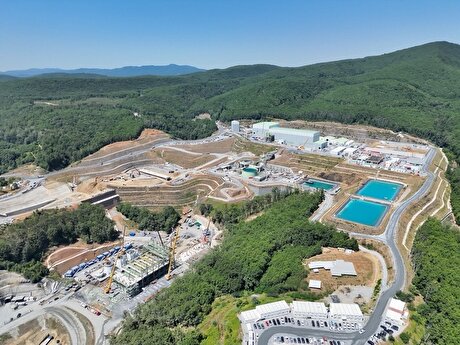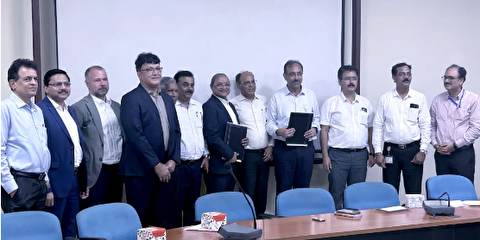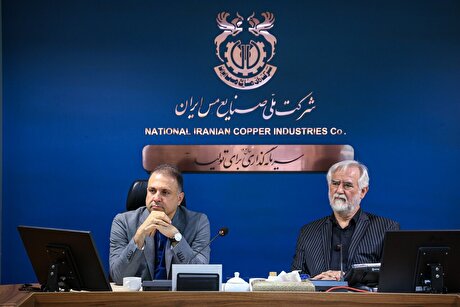
Textile industry: some challenges & solutions

This industry has a high employment potential, and the amount of foreign currency investment to create a job in the textile industry is very low compared to some industries such as automotive.
But this sector has faced problems in recent years and it is very important to remove them.
In a recent interview conducted by IRIB, a board member of Association of Iran Textile Industries announced the closure of 7,000 production units in the country's textile industry.
Abbas Sarsharzadeh said: “The main reason for the distance of the textile industry from the set goals should be sought in the lack of planning for this industry by governments of different periods and incorrect policies, which led to inappropriate investment, disproportionate industrial capacities created along the industry chain, machine wear, and improper tariff system.”
According to him, these policies have decreased the textile industry's 12 percent share of GDP in almost ten years ago to about 8.5 percent in the current situation.
The $1 billion worth of export from the textile industry shows that despite the investments made in recent years, this industry is $2 billion far from the goal set in the outlook document and the realization of exports of $3 billion given the current situation of the industry and production drop is out of reach, Sarsharzadeh further lamented.
Meanwhile, during the 17th symposium of the members of Joint Secretariat of Textile and Garment Unions and Associations of the country, which was held in Karaj city on Tuesday, the chairman of Alborz Province’s Textile, Garment and Leather Industries Association, while underlining the country's capacity in the field of textile, said: "Many educated people in the textile industry are unemployed.”
With the establishment of the textile engineering organization, a platform is provided for the close connection between the textile engineering students with this industry, Yadollah Malmir commented.
Emphasizing that the textile industry is one of the most diverse industries in the country, he further said that the problem of clothes smuggling has seriously threatened this dynamic industry of the country, and the necessary measures must be taken in this regard.
Pointing to the need to deal decisively with professional smugglers, Malmir noted that the tightening of controls should prevent the mass import of clothes into the country in the form of merchandise in baggage (MIB) so that domestic producers are not challenged.
Another solution to help the textile industry improve is the establishment of textile industrial estates.
Alireza Haeri, a member of the board of directors of Society of Textile Specialists, regarding the discussion of establishing textile industrial estates and the assistance that they provide to the textile industry, has said: “Creating textile industrial estates, the policy that the previous government was supposed to pursue, that if this happens or if it is pursued today, will help supply the clothing chain and reduce its cost.”
He said that proper services, suitable and available raw materials, export and import warehouses and repairs services are among the facilities that these estates will provide for the producers, adding: “When these estates are set up, we will see the quality improvement and lower end price of the products produced in the units located in them”.
Textile is one of the industries that due to high employment and on the other hand with minimal investment can become one of the leading industries with high value added in the country; provided that we can produce high-quality products and eliminate problems.
This sector can have a big share in the growth of domestic industry and even the country's exports, so the responsible organizations should hurry to remove obstacles in this important industry.
Source: Tehran Times


Newmont nets $100M payment related Akyem mine sale

First Quantum scores $1B streaming deal with Royal Gold

Caterpillar sees US tariff hit of up to $1.5 billion this year

Copper price collapses by 20% as US excludes refined metal from tariffs

Gold price rebounds nearly 2% on US payrolls data

St Augustine PFS confirms ‘world-class’ potential of Kingking project with $4.2B value

B2Gold gets Mali nod to start underground mining at Fekola

Copper price posts second weekly drop after Trump’s tariff surprise

Goldman told clients to go long copper a day before price plunge

NextSource soars on Mitsubishi Chemical offtake deal

Copper price slips as unwinding of tariff trade boosts LME stockpiles

SAIL Bhilai Steel relies on Danieli proprietary technology to expand plate mill portfolio to higher steel grades

Alba Discloses its Financial Results for the Second Quarter and H1 of 2025

Australia weighs price floor for critical minerals, boosting rare earth miners

Australia pledges $87M to rescue Trafigura’s Nyrstar smelters in critical minerals push

Fresnillo lifts gold forecast on strong first-half surge

Why did copper escape US tariffs when aluminum did not?

Fortuna rises on improved resource estimate for Senegal gold project

Caterpillar sees US tariff hit of up to $1.5 billion this year

NextSource soars on Mitsubishi Chemical offtake deal

Copper price slips as unwinding of tariff trade boosts LME stockpiles

SAIL Bhilai Steel relies on Danieli proprietary technology to expand plate mill portfolio to higher steel grades

Alba Discloses its Financial Results for the Second Quarter and H1 of 2025

Australia weighs price floor for critical minerals, boosting rare earth miners

Australia pledges $87M to rescue Trafigura’s Nyrstar smelters in critical minerals push

Fresnillo lifts gold forecast on strong first-half surge

Why did copper escape US tariffs when aluminum did not?

Fortuna rises on improved resource estimate for Senegal gold project















